Ellie Birkhead uses human hair and manure to make region-specific bricks
Design Academy Eindhoven graduate Ellie Birkhead has developed a process of brick making that incorporates local waste products from the Chiltern Hills, in an attempt to "forge a future for local industry".
Birkhead designed six types of brick, which all incorporate local materials, as her final project on the Social Design masters at Design Academy Eindhoven.
Called Building The Local, the bricks are made using clay mixed with hair from a hairdresser, horse manure from a stable, glass bottles from a pub, wool and straw ash from a farm, and used grain from a brewery.
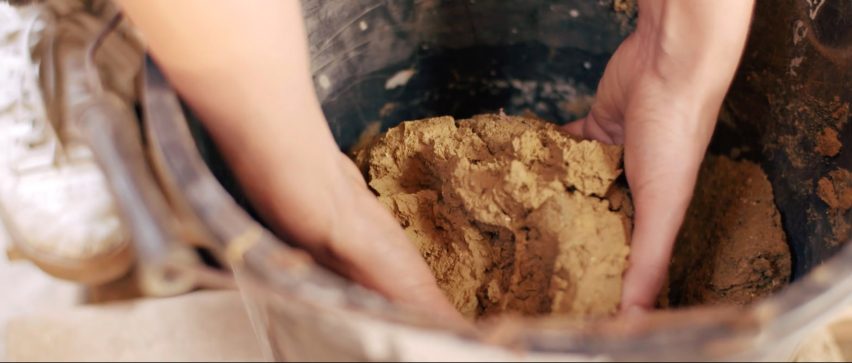
The hair is used to make an unfired, fibrous brick known as a stock, which is usually produced using straw. The wool and horse manure bricks are made in a similar way.
The straw ash brick is fired and the straw changes the final colour of the brick. Similarly, the addition of waste glass creates new colours and glazes in the clay when the brick is fired. The brick made using spent grain creates a porous product as the grain burns off during firing.
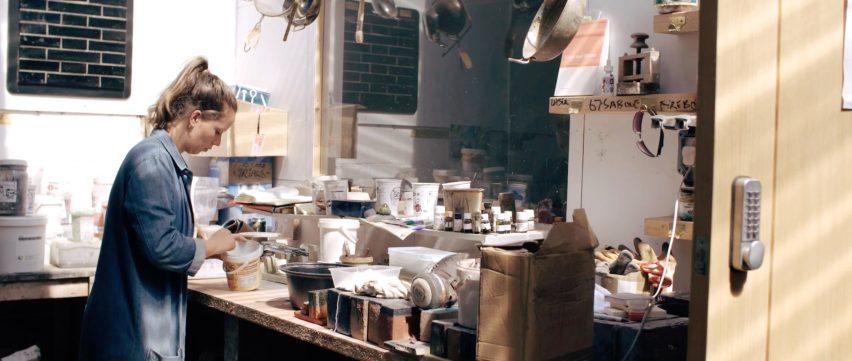
All of the ingredients are sourced from the Chiltern Hills – once a centre for brick-making in the UK. Historically, almost all of the local buildings were constructed using this distinctive orange-red material.
Birkhead, who is originally from Buckinghamshire, works with crafts and traditional industries that are at risk in the UK. In a video produced to accompany the project, Birkhead said she wanted to ask if it was possible to "overcome the forces of globalisation and forge a future for local industry".
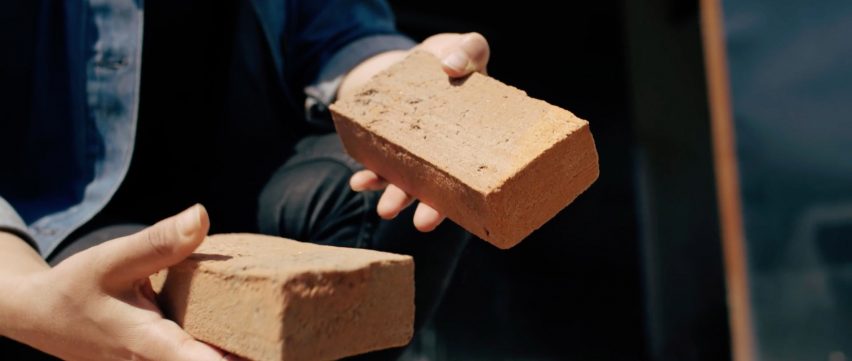
During her research, she found just one family-run brick-maker still in operation in the Chilterns – once home to more than 100 brick-making businesses – largely due to the importation of cheaper products from abroad and elsewhere in the UK.
Local manufacturing is an essential part of cultural identity, Birkhead told Dezeen: "Bricks are not only a product but equally an architectural building block that transforms the aesthetic of a place," she said.
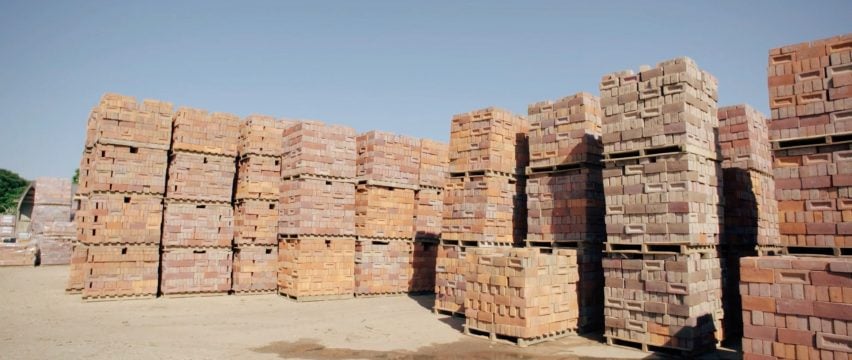
"The colour of clay varies from place to place, meaning that the material origin can be read in the final product," she added. "When bricks are imported from overseas or even other areas of the UK, this diversity and connection to a place is diluted and eventually lost."
She found that the Chilterns had once been a major hub for small-scale manufacturing, with these cottage industries sharing resources and utilising each other's waste. Birkhead wanted to create new connections that would help in the production of a unique, contemporary brick that might help sustain the brick-making industry in the area.
"The project represents a methodology and way to re-think local manufacturing that can be applied in any location," said the designer.
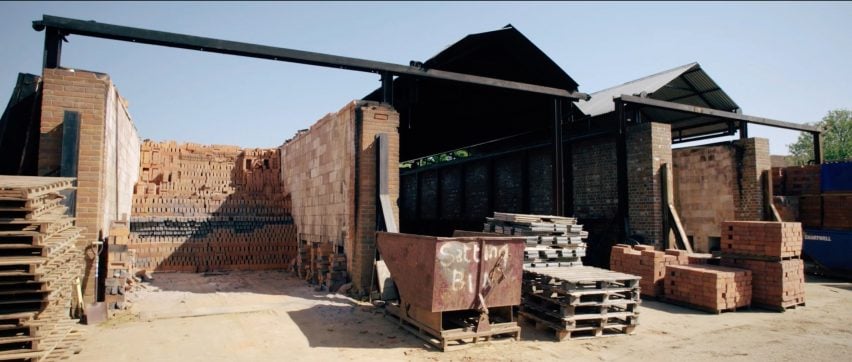
Her graduation project from her BA at the University of Brighton was a series of brushes in unusual shapes, created for cleaning specific objects and surfaces, which also grew out of Birkhead’s research into threatened British industries and crafts.
"So many crafts-based industries are on the brink of extinction due to economic pressures caused by globalisation," said Birkhead. "If we are to retain a sense of place and belonging, as well as a diversity of skills and materials, we must act now whilst the skills are still in the hands of makers, as opposed to being recorded only in text or image."
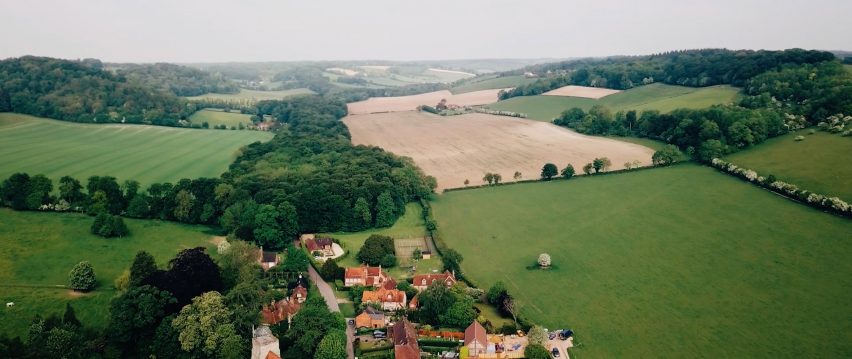
Elisa Otañez, also a social design graduate from Design Academy Eindhoven, created a bight yellow, mobile toilet as a protest against the lack of public facilities for women in The Netherlands.